Do Len wins.
During the American imperialists' war of destruction in the North, Thanh Hoa was one of the main fronts, with fierce battle points such as Ham Rong, Do Len... Despite that, the people of Thanh Hoa town, Hoang Hoa, Dong Son, Ha Trung districts... were not afraid, but clearly showed their will and determination to fight to the last breath to maintain the traffic arteries. In the battle, there was close coordination between the main force, local troops and militia, the army and people of Thanh Hoa demonstrated the highest spirit of patriotism, bravery, resilience, "determination to defeat the American invaders".
That spirit was clearly demonstrated in the battle to protect Do Len bridge on the morning of April 3, 1965. Here, the army and people of Do Len had to overcome many dangerous situations. After several rounds of attacks, the enemy discovered our artillery positions and turned to attack fiercely. The positions were covered in smoke and bombs, sections of the fortifications were broken, and some soldiers sacrificed themselves right on the artillery platform. In the face of the enemy's threats, the army and people of Do Len showed their indomitable fighting spirit. When one person fell, another replaced him. In that battle, many heroic examples emerged, such as Deputy Company Commander Doan Van Luu, commander of the southern platoon of the bridge. Although his body was injured in many places, when he woke up, he immediately rushed to his fighting position. In the situation of being heavily bombed by American aircraft, the need for ammunition supply and treatment of wounded soldiers at the Do Len bridge front was extremely urgent. Therefore, the militia, self-defense forces and people of the communes near Do Len bridge overcame the rain of bombs and bullets, and were present in time to serve the battlefields such as supplying ammunition, bandaging wounds, and taking seriously wounded soldiers to safe places for treatment. The women were also extremely brave and courageous when they not only brought the soldiers cups of water, fruits, rice balls, and cigarettes; but were also ready to replace the gunners when they saw the gunners injured...
At the Ham Rong battlefield, at exactly 9:50 a.m. on April 3, 1965, the fire cluster north of the bridge shot down the RF reconnaissance plane - the first American aircraft shot down by the Ham Rong army and people, opening the history of Ham Rong's decisive victory. Although it was a small target, the US imperialists mobilized the largest number of aircraft and bombs, hoping to "swallow Ham Rong bridge immediately". However, in all directions, the US aircraft encountered fierce resistance from 5 fire clusters protecting Ham Rong bridge. Our troops clung to their positions, fought intelligently, bravely, and tenaciously, dealing the enemy powerful blows. Typically, the medium machine gun team deployed on Ngoc mountain, consisting of 3 comrades Pham Gia Huan, Nguyen Huu Nghi and Tran Van Lien, relied on the dangerous advantage of the high point, waiting for the enemy aircraft to dive at the right range before aiming at the front of the American aircraft to shoot, causing the American pilots to be extremely frightened. After several attacks, the enemy discovered this powerful firing point and launched continuous attacks. Three soldiers were buried in the ground and others were thrown out of the fortifications. Gunner Nguyen Huu Nghi fainted in the trench. When he woke up, he continued fighting. Although his whole body was bleeding and his throat was dry, he still encouraged his teammates to make the American invaders pay for their crimes.
To support our troops, thousands of people from the localities around Ham Rong area participated in consolidating and building more fortifications, transporting weapons, ammunition, and food. In particular, the Thanh Hoa Town Party Committee and Hoang Hoa District Party Committee had over 2,000 male and female militia and self-defense forces around Ham Rong and over 1,000 cadres and workers in the transportation sector were quickly mobilized to overcome the consequences caused by the enemy and supplement all aspects for the new battle such as transporting ammunition across the river, filling bomb craters, and clearing roads at both ends of Ham Rong Bridge for artillery vehicles to pass quickly. Over 1,000 people dug and repaired fortifications to help the troops and militia and self-defense forces consolidate the battlefield, and camouflage and clean the artillery. Thousands of people worked enthusiastically day and night without rest. Many young men and women volunteered to stay behind as reserve gunners and serve in combat. The atmosphere of work and combat was extremely urgent.
The battle was fierce, with many losses and sacrifices, but the army and people of Ham Rong defeated the plan to destroy the bridge in the first hours. At about 5:00 p.m. on April 3, 1965, after losing 17 planes and dozens of tons of bombs buried under the river, the enemy was forced to temporarily retreat. However, with its belligerent nature, on April 4, 1965, the US imperialists continued to mobilize many groups of planes to enter the sky of Thanh Hoa. However, April 4 ended with 30 planes shot down and this was also considered a dark day for the US Air Force.
The victory over the “unimaginable US air power” was an extremely glorious victory. The news of Ham Rong’s victory quickly spread throughout the plains and mountainous areas of the province, and was then reported to many provinces and cities, inspiring the hearts of the army and people of the whole country. That victory aroused the pride and absolute trust of the army and people of Thanh Hoa in the leadership of the Party and beloved Uncle Ho.
To "keep the fire" of faith and to urge the spirit of patriotism and determination to fight the enemy among the people after the brave victory on the Ham Rong front, the Thanh Hoa Provincial Party Committee issued an appeal: "Implementing the plot to sabotage the North to remove the deadlock in the South, continuously on April 3 and 4, 1965, the US imperialists sent many groups of jet planes to indiscriminately bomb and fire at a number of places in our province. But "deep plots bring deep disaster". As in Vinh Linh, Quang Binh, Ha Tinh, Nghe An, Bach Long Vi, they were dealt with appropriate blows (...). The things they called "thunder gods", "heavenly enemies"... were ultimately just moths before the dense, raging fire of hatred of our army and people (...). With their brilliant achievements, Thanh Hoa has inscribed its name on the flag "Determination to defeat the American invaders" of President Ho. (...). Deep hatred, determination to destroy the enemy, and the spirit of competing to make achievements have long been smoldering in the hearts of each person and are only waiting for an opportunity to flare up into a sea of fire. Therefore, for the American invaders, the waters of the Chu, Ma, and Yen rivers are difficult to wash away the filth, but for us, the trees of the eight mountainous districts cannot record all the love between the army and the people and the fighting spirit.
The call of the Provincial Party Executive Committee was like a great source of heat, urging cadres, party members and people of all walks of life to continue to move forward, "both striving to build and bravely fighting, when the enemy comes, we must defeat, when the enemy leaves, we must produce well". Then, all classes of people in the province, regardless of ethnicity, religion, old and young, male and female, "united into a solid block like steel, steadfast as the Truong Son mountain range, loving and caring for each other like children of the same family", working hard and fighting to build Thanh Hoa province in both economy and national defense, making worthy contributions to the cause of fighting against the US and saving the country of our people. Thereby, continuing to embellish the heroic historical tradition of the land and people of Thanh in the Ho Chi Minh era.
Article and photos: Tran Hang
(The article uses materials in the book "Ham Rong - Historical confrontation", Thanh Hoa Publishing House - 2010).
Source: https://baothanhhoa.vn/quyet-tam-danh-thang-giac-my-xam-luoc-244315.htm


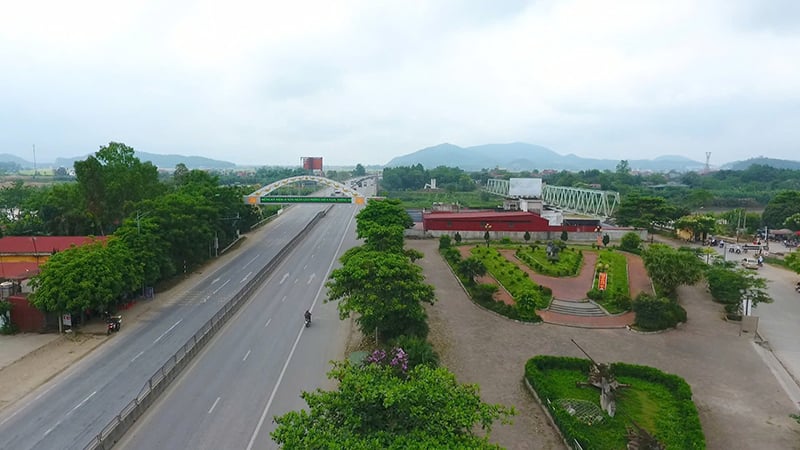

![[Photo] April Festival in Can Tho City](https://vstatic.vietnam.vn/vietnam/resource/IMAGE/2025/4/10/bf5ae82870e648fabfbcc93a25b481ea)
![[Photo] Opening of the 11th Conference of the 13th Party Central Committee](https://vstatic.vietnam.vn/vietnam/resource/IMAGE/2025/4/10/f9e717b67de343d7b687cb419c0829a2)


![[Photo] Unique folk games at Chuong Village Festival](https://vstatic.vietnam.vn/vietnam/resource/IMAGE/2025/4/10/cff805a06fdd443b9474c017f98075a4)
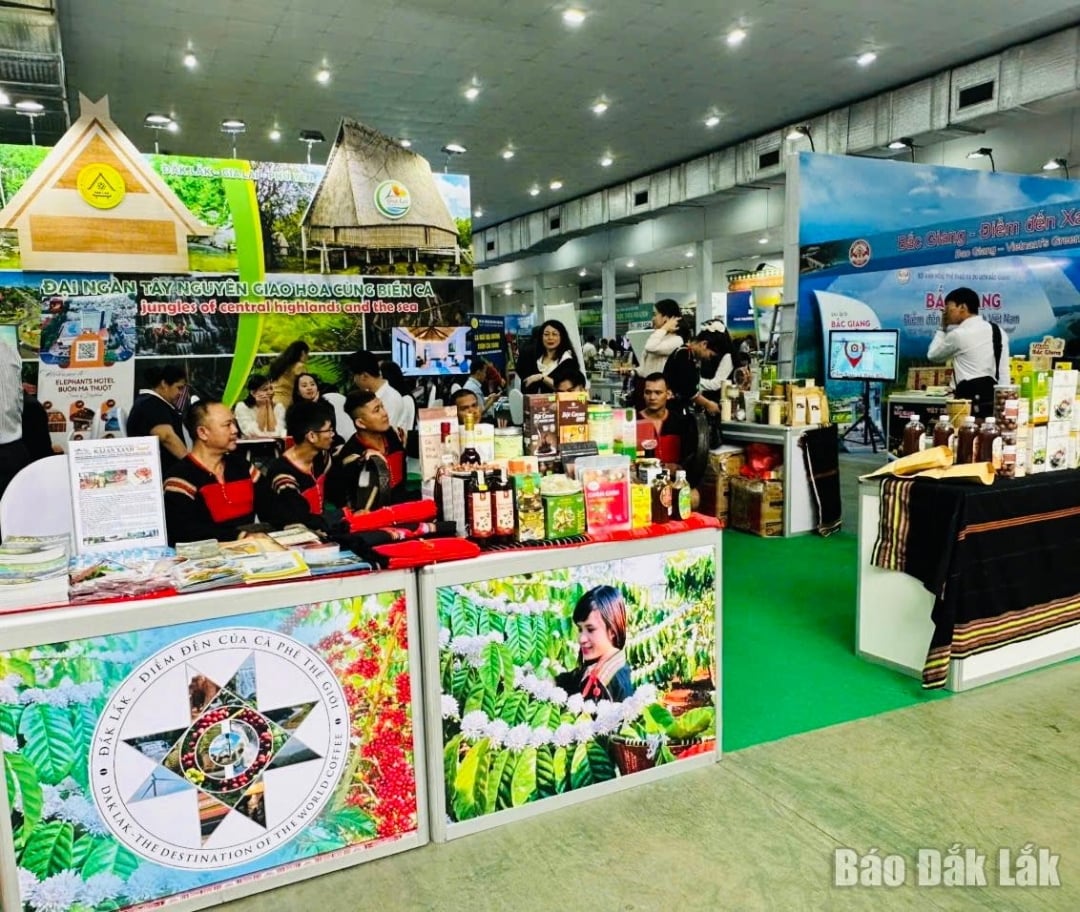
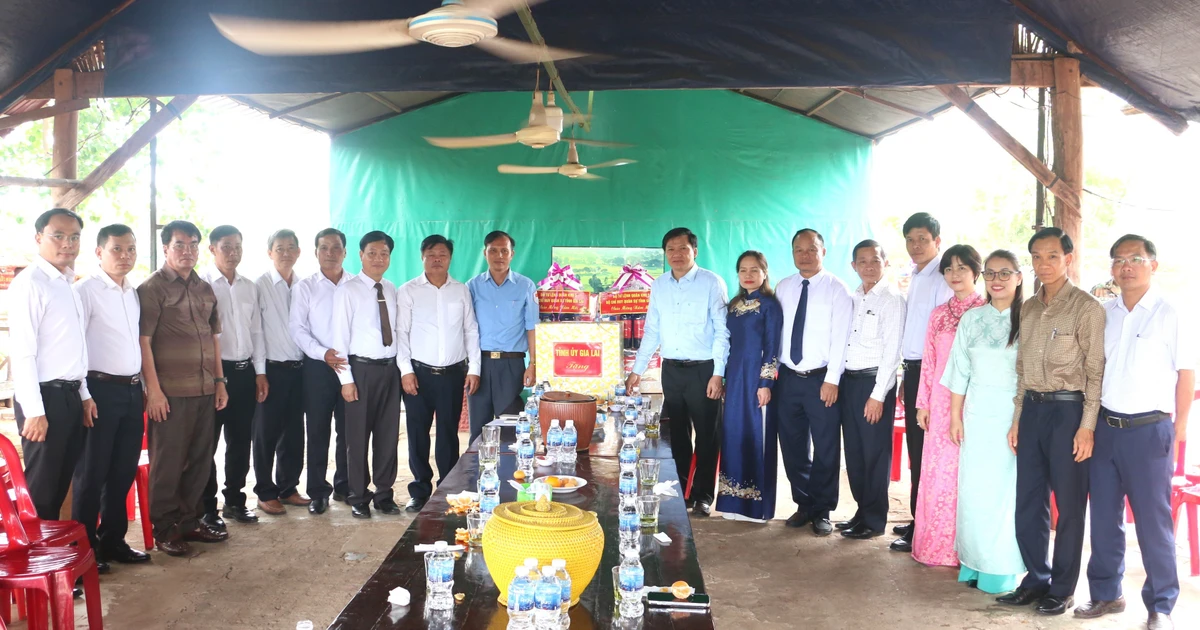

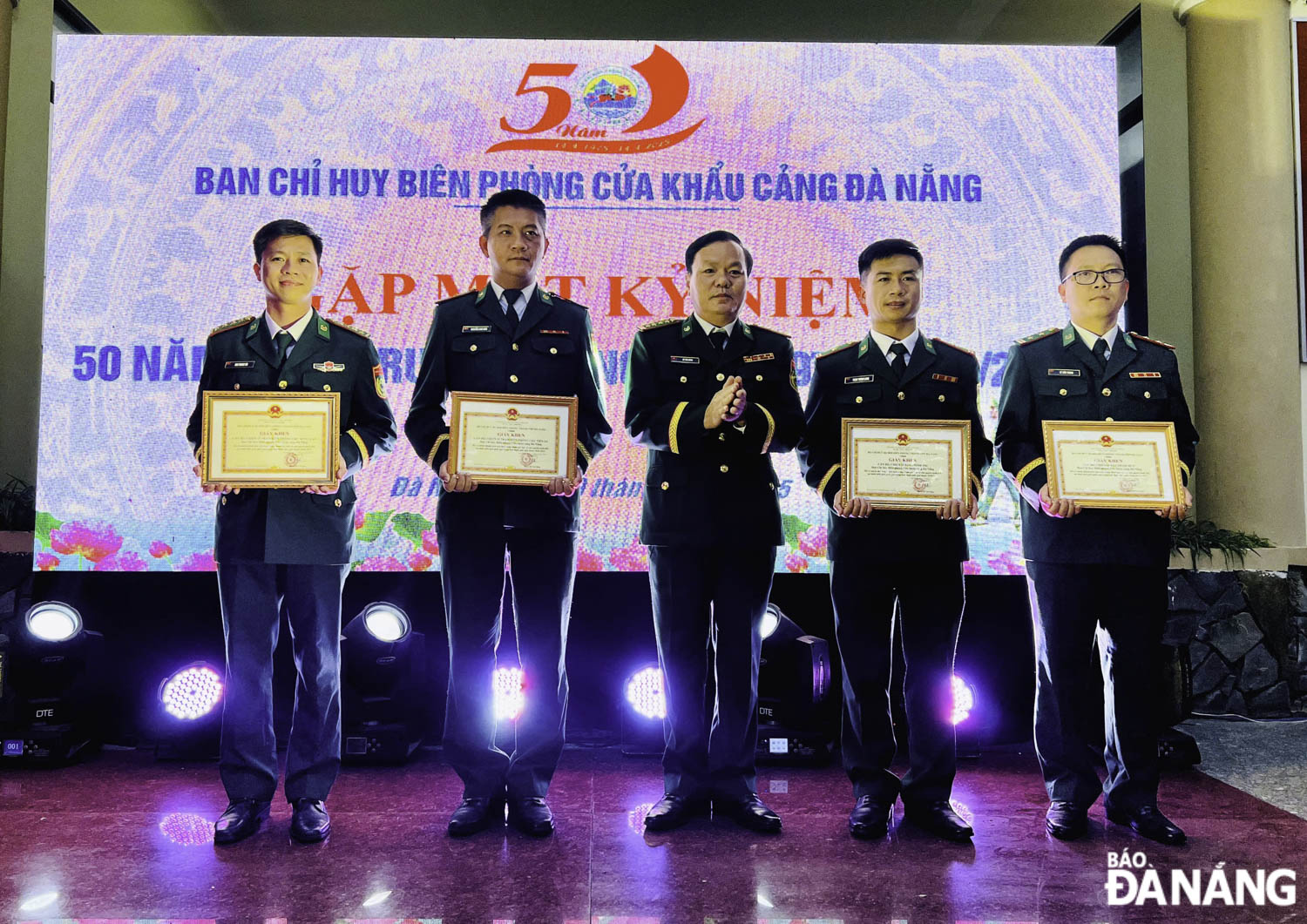






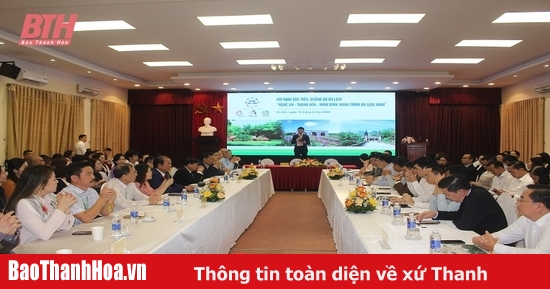

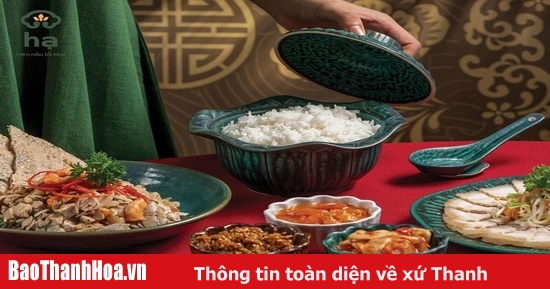
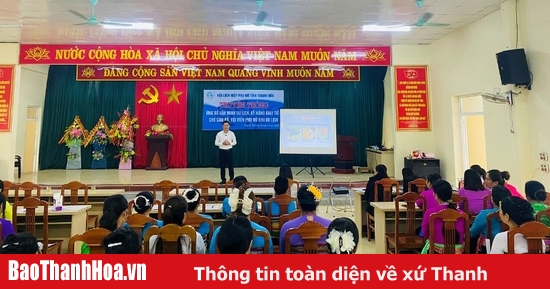
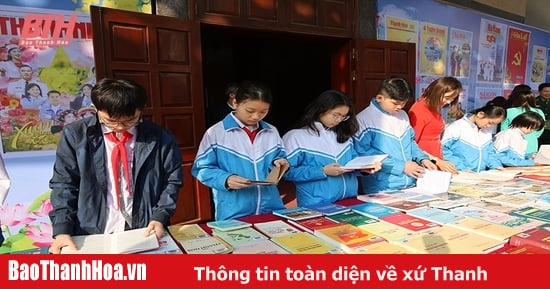
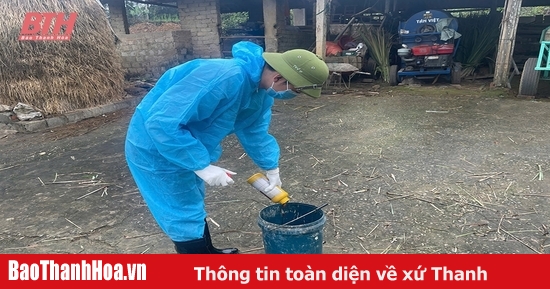












































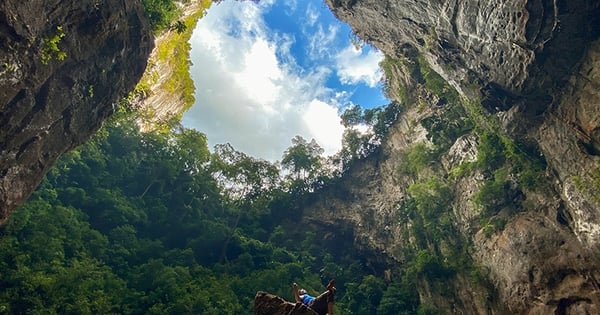


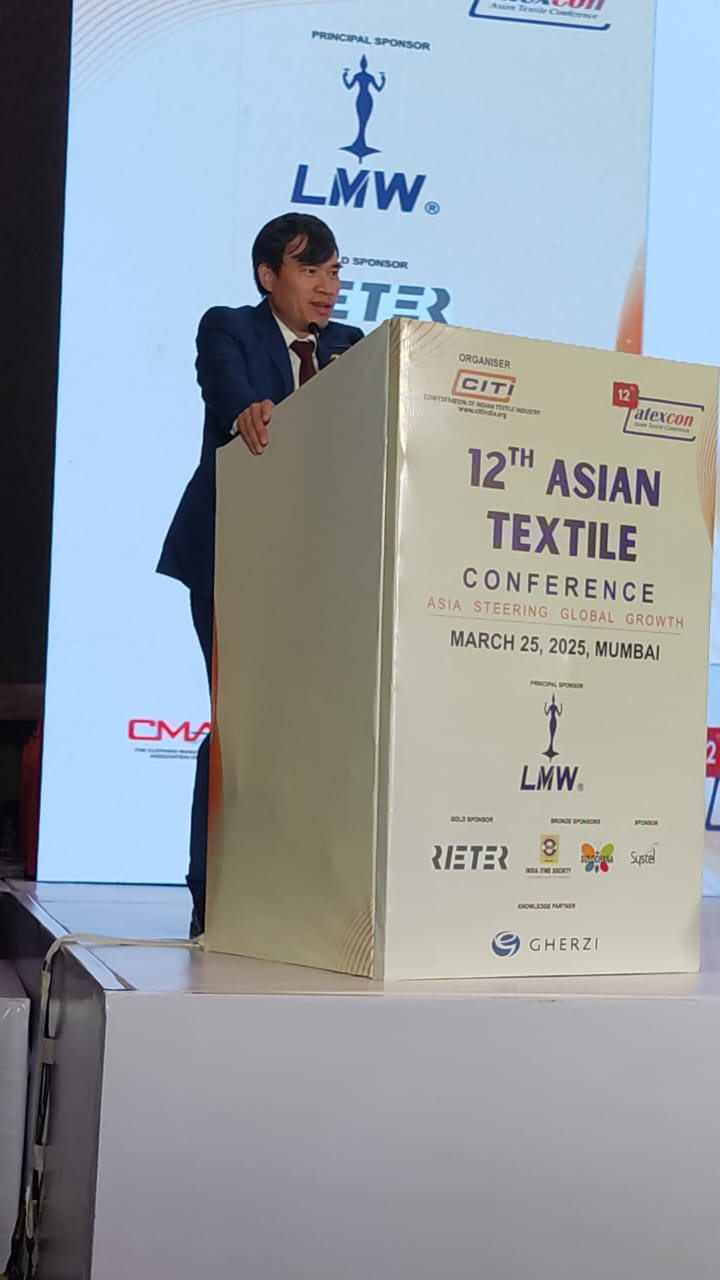

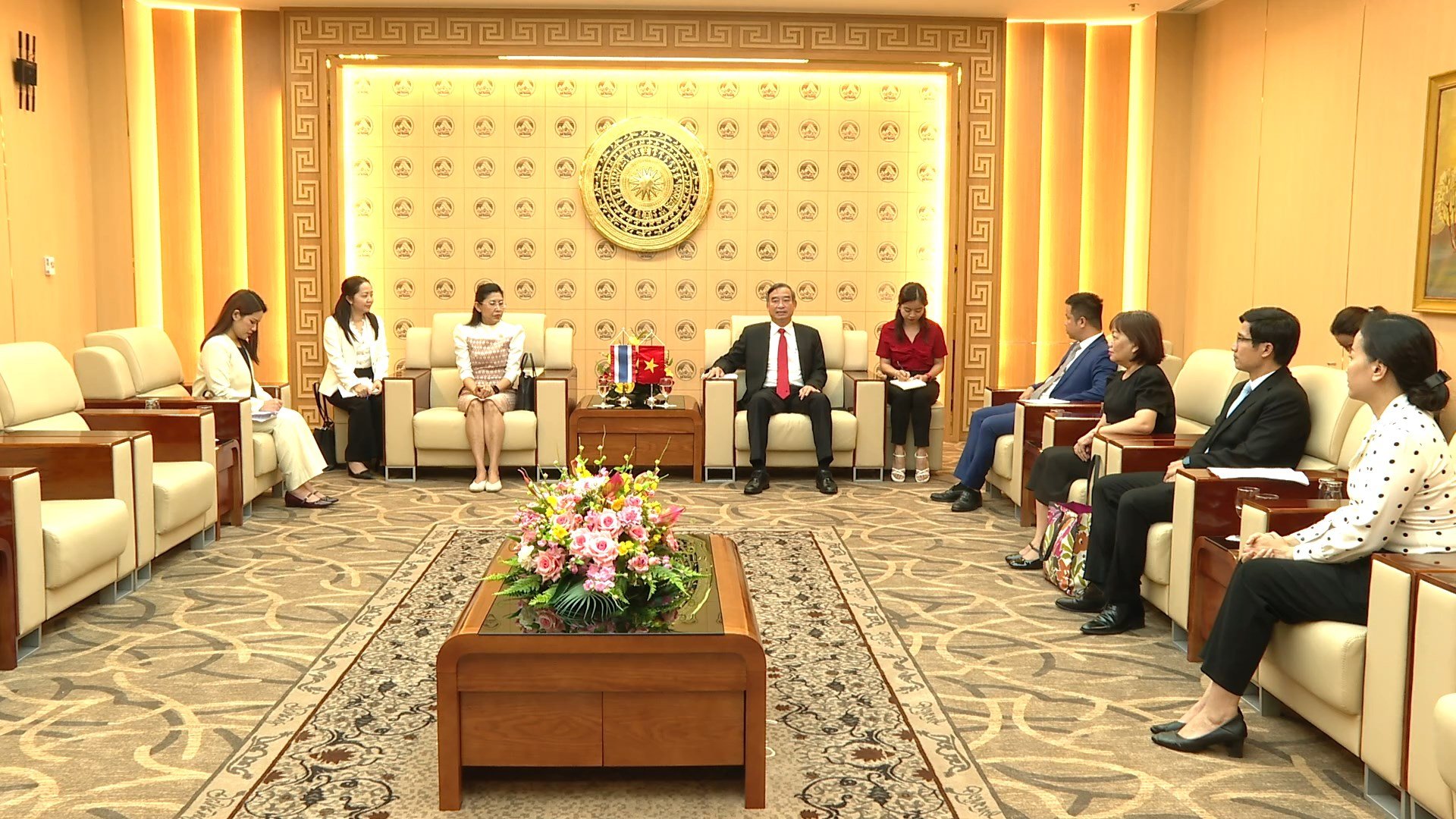
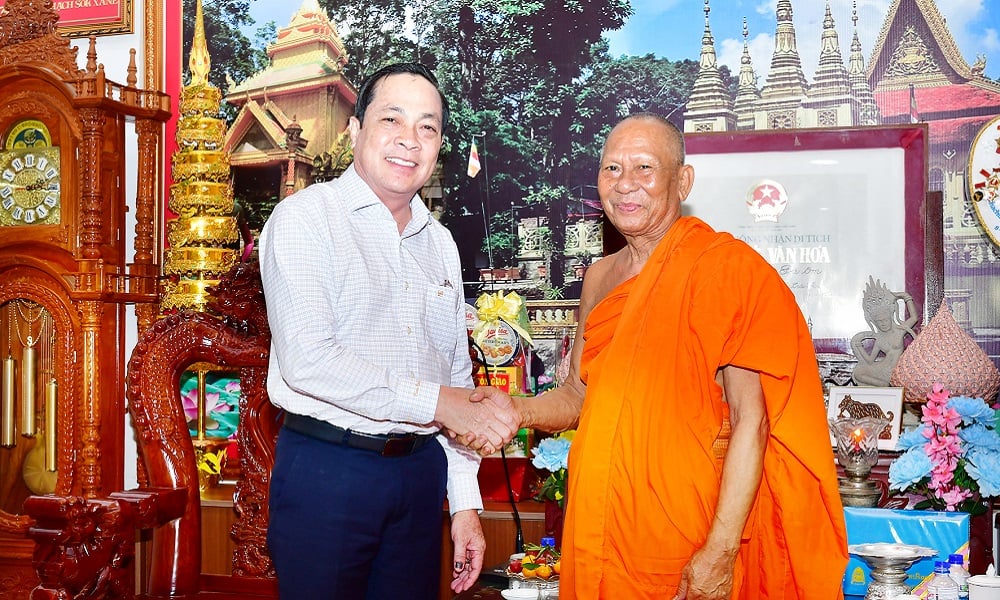
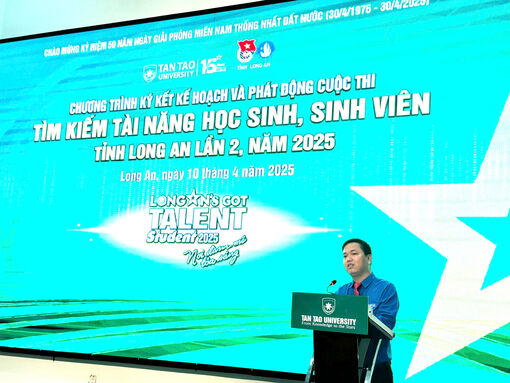
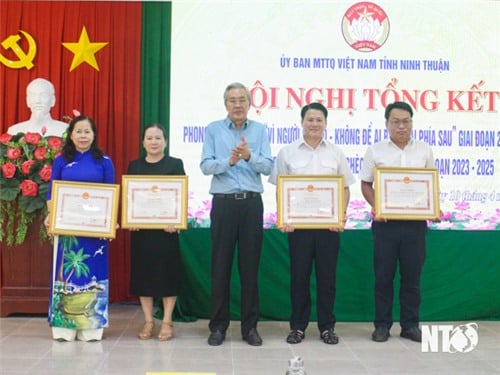

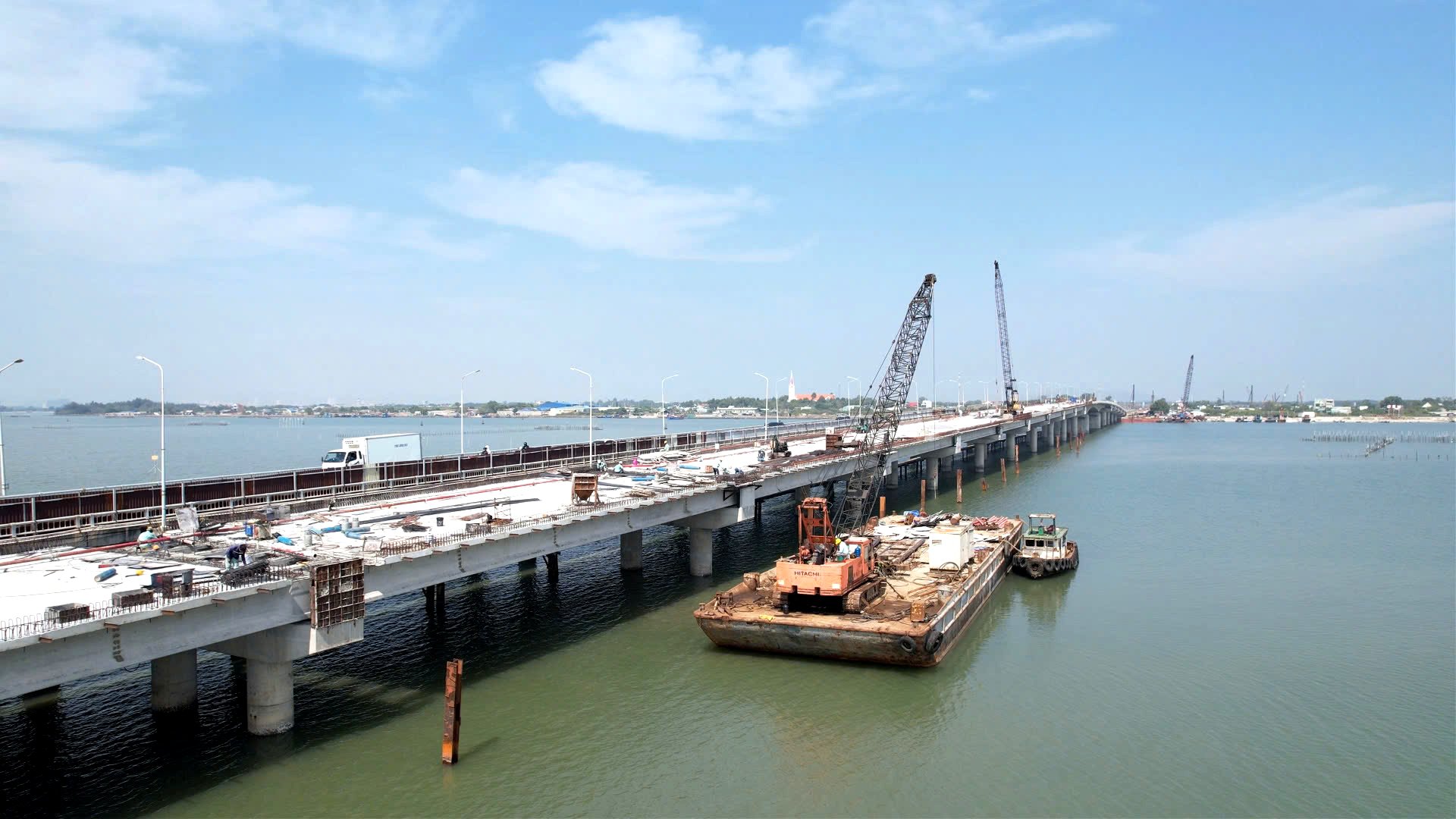









Comment (0)